5 TIPS FOR HAIR GROWTH FROM AYURVEDA

In Indian tradition, moms and grandmothers frequently give their children healthy, herbal hair treatments. These traditional techniques repeatedly include the application of warm herbal oils, followed by a cleansing routine with reetha or soapnuts, and finally a rinse with aromatic water. This time-honored method is thought to create thick, lustrous, and healthy hair, recalling ancient wisdom.
These activities have their roots in Hindu mythology and old Vedic scriptures. According to these texts, deities with untamed, violent dispositions were frequently pictured with wild, unkempt hair, whereas deities known for their patience and grace were characterized by lush, well-kept locks or graceful braids. The stories highlight the traditional importance of hair care and the concept that it represents the state of one's mind and harmony.
What factors does Ayurvedic treatment for hair fall take into account?
In Ayurveda, hair health has a close connection to the imbalances in your dosha constitution. Identifying the prakriti (individual constitution) and any dosha imbalances is critical for finding the right treatment. Here's how imbalances in each dosha can affect your hair:
Vata Dosha Imbalance: When Vata dosha is out of balance, it generally results in hair that is overly dry, frizzy, and brittle. Normally, Vata hair is dry and sensitive, but an imbalance can accentuate these traits, resulting in greater hair breakage and a lack of hydration.
Pitta Dosha Imbalance: An imbalance in Pitta dosha can result in receding hairlines, thinning hair, and changes in colour. Pitta's excess heat can cause premature greying or baldness, as well as a reddish or brownish hue to hair that is not normally this colour. Pitta hair is usually fine with oily scalp and may be naturally brownish.
Kapha Dosha Imbalance: When the Kapha dosha is imbalanced, hair can become excessively oily and sticky. Excess oil can clog hair follicles, causing hair fall and dandruff. Kapha hair is often thick and well-moisturized, but an imbalance can upset this balance, resulting in hair issues
Ayurvedic remedies can restore balance and encourage better hair development by targeting the individual dosha imbalances affecting your hair.

Developing a routine tailored to your specific hair type is the first step in boosting hair development.
Nutrition
According to Ayurveda, a good hair care regimen includes eating correctly and nourishing the hair follicles from within. This may help reduce hair loss and promote new growth.
Best practices include:
Dietary recommendations include dosha-specific fruits and vegetables, as well as modest amounts of healthy fats such as ghee or almonds.
Herbal remedies, such as Triphala, can balance the doshas.
Digestive aids include cumin, turmeric, ginger, and honey.
Eating dosha-specific, seasonally accessible fruits and vegetables is preferable whenever possible.
Foods for vatas should be substantial and nutritious, while pittas should be cool and calming. Kaphas should consume bitter or astringent foods.
The best foods are those that have a balanced number of vitamins and minerals, as well as a healthy amount of protein. Not to forget the Indian gooseberry . It’s pitta reducing & has Keshya properties.

Scalp Massage
In Ayurveda, a warm oil scalp massage is a cherished practice for maintaining healthy hair, irrespective of dosha imbalances. This ritual involves gently massaging warm, therapeutic oils into the scalp, which not only soothes the mind but also enhances blood circulation to the hair follicles. The oiling process is typically followed by allowing the oil to remain on the scalp for about 30 mins to an hour. This resting period helps the nourishing properties of the oil to deeply penetrate the scalp (Preferably take a hot towel wrap post oil application), addressing any underlying imbalances and revitalizing the hair. After this relaxation phase, the hair is washed with a mild, natural shampoo, ensuring that the scalp and hair are thoroughly cleansed while still benefiting from the oil’s restorative effects. This method supports overall hair health, promoting strength, shine, and resilience.

Herbal Hair Care
In Ayurveda, the fruits of the reetha and shikakai plants are mixed with warm water to create a frothy, soapy, shampoo-like preparation. This mixture keeps the hair strands moisturised, while the water cleans and nourishes the hair.
Although harder to find in the raw state, many shampoos contain extracts derived from these fruits.
Try Keshya Hair Vitaliser with rosemary and Halim Seeds for Thick, Healthy Hair. Thick, strong, and voluminous hair made with a potent combination of herbs, essential oils, and seed extracts. Promotes new hair growth: contains rosemary essential oil, ber leaves, and hibiscus. Improves hair health by providing nutrients such as iron, protein, Vitamin C, and omegas from flaxseed, halim, and fenugreek seeds. Maintains Healthy Scalp. Essential oils of tea tree and lavender work wonders for good scalp health
Aside from cleaning hair, herbal medicines can assist improve its health. Herbs can be used in a variety of ways, including:
- scalp and hair masks or lephams
- Vitalisers or keshyams
- Cold and warm hair rinses
- Hair Teas or Soaks
Making hair tea or rinse requires only a few simple plants. In Ayurveda, dried powders, flowers, leaves, and herbs are some of the most popular hair care ingredients. This includes:
Rose petals, green tea leaves, neem, tulsi (holy basil), amla, henna, and hibiscus

Scalp and hair masks
A scalp or hair mask is frequently used to heal deficient scalp regions by giving nutrients directly where they are most needed.
Herbs can help with scalp concerns like dryness and dandruff. A good hair mask also binds nutrients into the strands.
To apply a herbal scalp or hair mask, first decide which ingredients to utilise.
- Common mask ingredients include:
- Aloe for a dry and irritated scalp.
- Lemon and Neem for Oily Scalp
- Rose and sandalwood are blended in light clay for an inflamed scalp.
- Henna combined with nutrient-rich oils to calm the scalp.
Ready to try a hair or scalp mask? Here’s a simple guide:
- Start Fresh: Wash your hair before applying the mask.
- Mix It Up: Combine your chosen dry ingredients with a liquid like water or oil. For drier hair and scalp, oil is a great option.
- Apply & Rinse: Use a mild shampoo to wash your hair and rinse it before the mask dries completely.
- Skip the Blow Dryer: Let your hair air dry to get the most out of the treatment.

Hair Oiling and Washing
Choosing the Right Hair Oil:
- For Vatas: Opt for almond or black sesame oil. These oils provide the warmth and hydration needed to balance dry and brittle hair.
- For Pittas: Coconut or almond oil or Japa pushpa oil work best. These cooling oils help soothe the scalp and reduce inflammation.
- For Kaphas: Olive oil or Mustard oil & white sesame oil is ideal. It helps manage excess oil and keeps the scalp and hair healthy without making them greasy.
Consider using Keshya Anti Frizz Hair Oil with Sesame Oil, jujube leaves, Castor Oil, Mustard Oil, Amla extract, Drakshabeej oil, Hibiscus Flower, Kalonji, Methi, Neem Leaves.
Tips for Best Results:
- Consistency: Stick to a routine of oiling twice a week for noticeable benefits.
- Avoid Over-Washing: Excessive washing can lead to dryness and compromise hair health.
- Massage Gently: A gentle massage during oil application boosts circulation and enhances the benefits of the oil.

Frequently Asked Questions
Q. How long does it take to see results from Ayurvedic hair care?
Results can vary based on individual hair conditions and consistency. Typically, you may start seeing noticeable improvements in hair health and growth within 6-8 weeks of regular Ayurvedic care.
Q. Can Ayurvedic hair care be combined with modern hair treatments?
Yes, Ayurvedic hair care can complement modern treatments:
- Consult Professionals: Ensure that any combination of Ayurvedic and modern treatments is done under the guidance of professionals.
- Integrate Wisely: Use Ayurvedic treatments as supportive care alongside modern products, avoiding any potential interactions.
Q. How does Ayurveda suggest managing hair loss due to hormonal imbalances?
Ayurveda addresses hormonal imbalances by:
- Balancing Doshas: Using herbs like Ashwagandha and Shatavari to balance hormones and reduce stress.
- Diet and Lifestyle: Following a balanced diet and stress-management practices to support hormonal health.
Q. How often should I apply Ayurvedic hair treatments?
For best results, Oil your hair before every wash, use a hair mask once a week, apply the tonic every other day or masks 1-2 times a week. Consistency is key
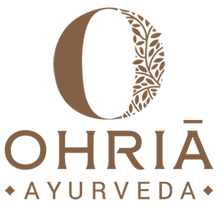

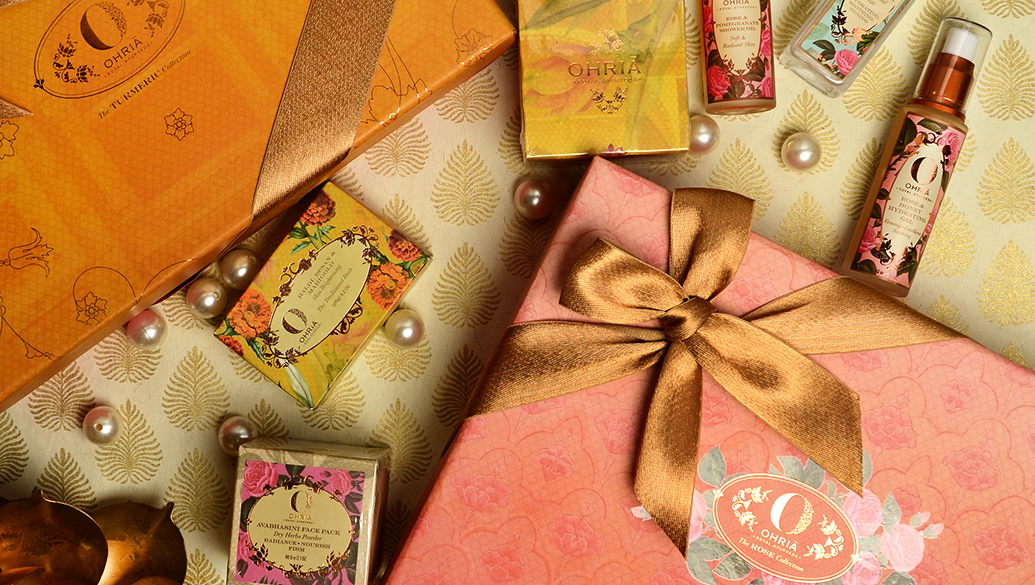
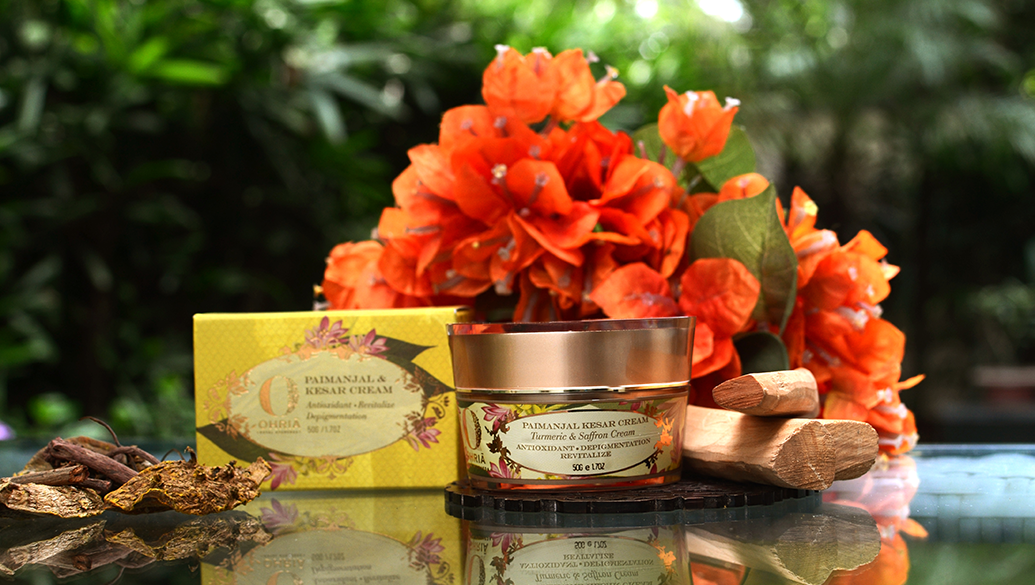
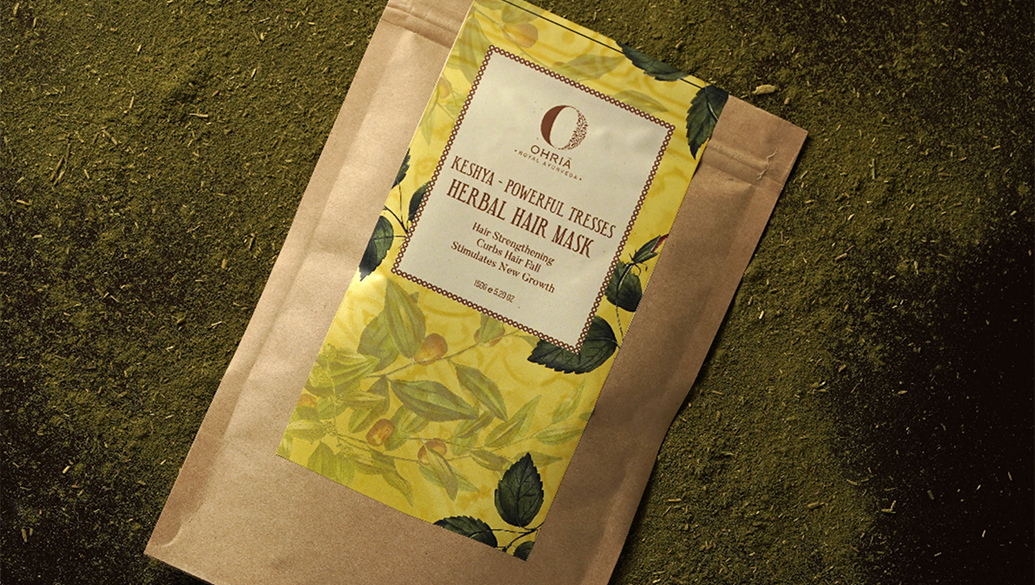
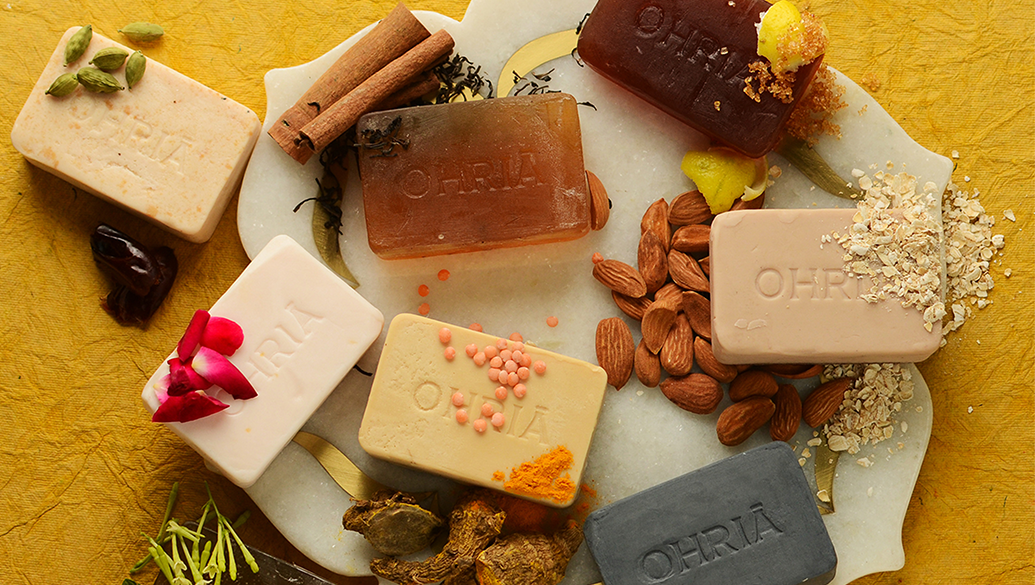
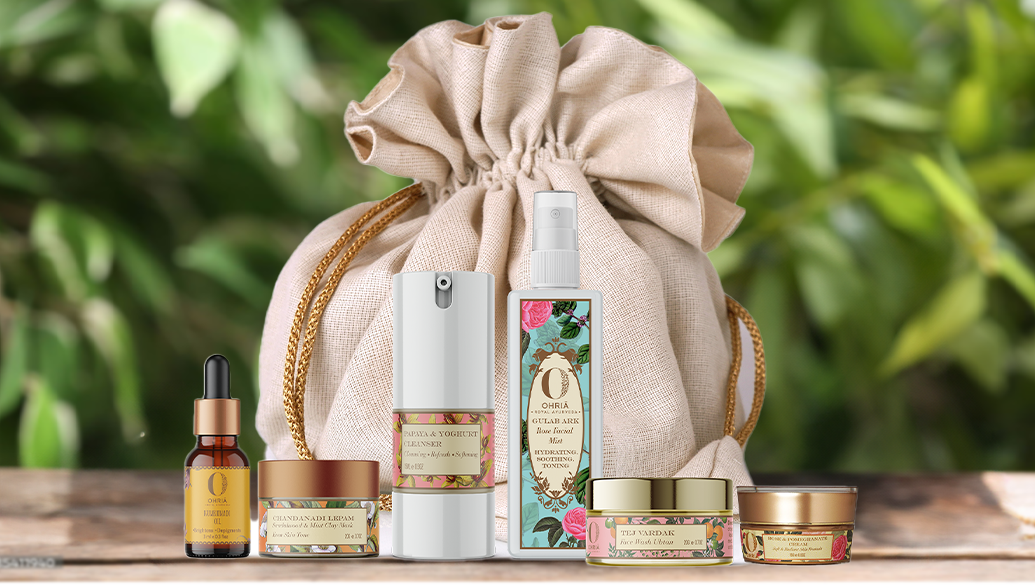
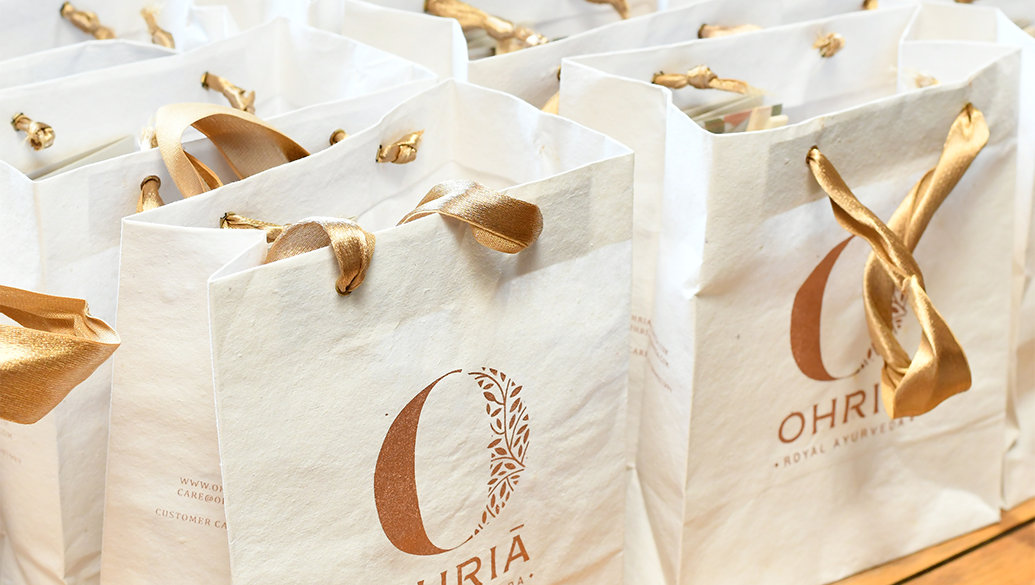
Leave a comment